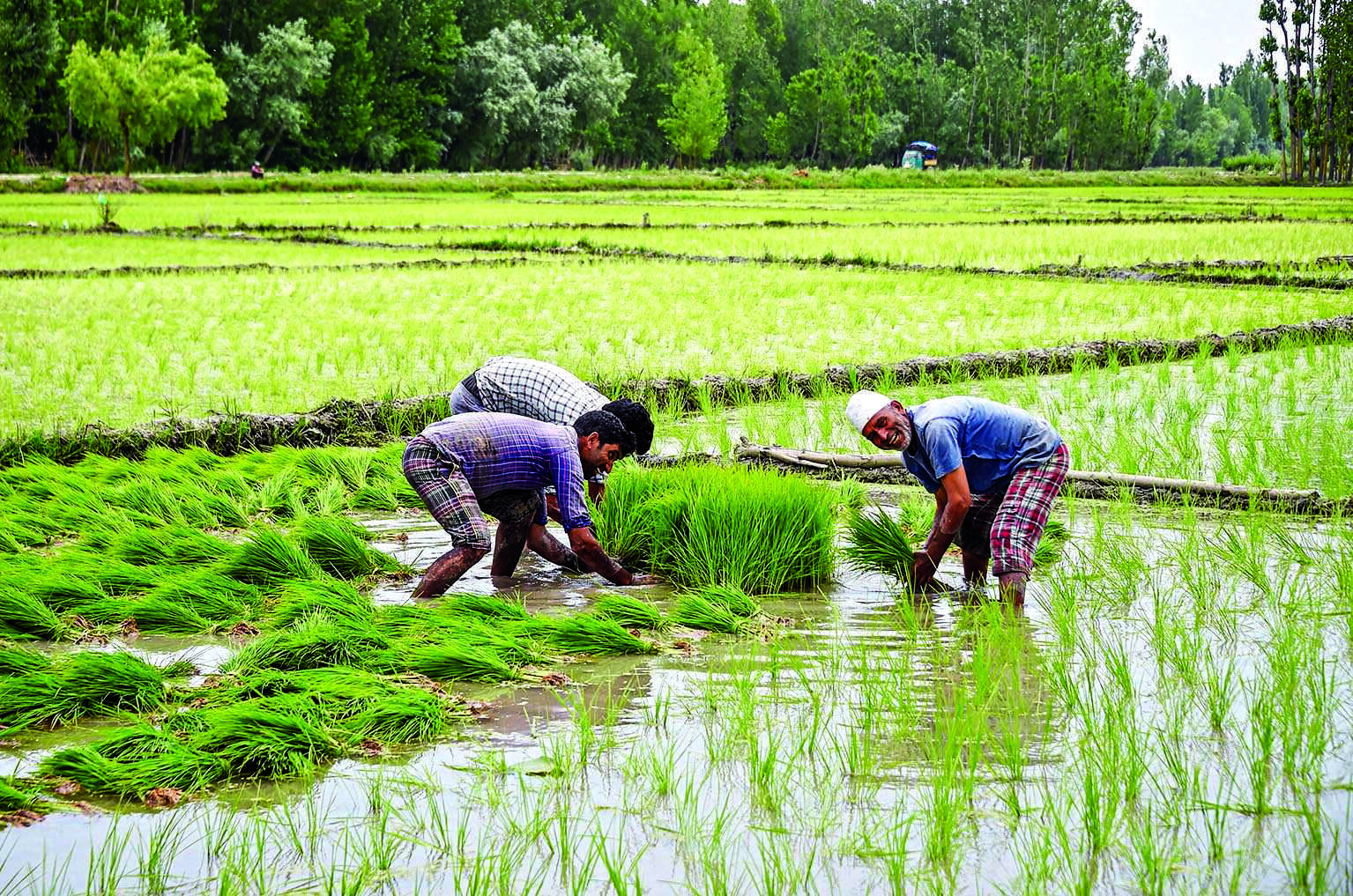State takes up cultivation of at least 25 indigenous varieties of rice

KOLKATA: At a time when indigenous varieties of rice are scarce in Bengalee platter, the West Bengal Biodiversity Board (WBBB) has taken up measures for the cultivation of some of these indigenous rice varieties following 100 per cent scientific process of cultivation.
There was a time when there was around 5,500 indigenous paddy varieties in Bengal.
The WBBB has gone door-to-door of farmers who are into paddy cultivation for several decades and has collected 250 variety paddy seeds from different parts of the state which are expected to be viable. Seed banks with 250 types have been developed at five places in the state namely Bolpur in Birbhum, Hirbandh in Bankura, Joygopalpur and Kultali in South 24-Parganas and Dantan in East Midnapore.
Out of these, 25 types have been taken up for cultivation spreading across 130 bighas of land by involving 90 farmers. The Calcutta University researchers in the allied field have collaborated with the Board in this initiative.
"We have adopted non-inorganic agriculture for the cultivation of these indigenous varieties by using microbial fertiliser. The farmers have been trained on how to use this fertiliser and it has been found that the cost of cultivation has been reduced by one-fifth," Dr Himadri Sekhar Debnath, Chairman of WBBB said.
According to a senior official of WBBB, the idea of reviving traditional varieties of rice, vegetable pulses, fruits, medicinal plants etc had cropped up after the Board developed the People's Biodiversity Register (PBR) that equipped it with traditional practices and bioresources.
Many of these indigenous varieties that are on the revival path and are likely to make a comeback in the platter of the Bengalee who are known for their cravings for aromatic rice varieties include Kabiraj sal of Midnapore that dates back to 1865 as per literature while Danaguri of Bankura dates back to the 19th century.
Kabiraj sal is rich in food value with high content zinc, iron and Vitamin B. It was a variety of rice that was prescribed by doctors of yesteryears popularly known as Kabiraj when people would fall sick. Danaguri is a sweet variety and is more aromatic than even Gobindo Bhog.
"These two varieties have already been approved by the top brass at Nabanna. So we are going for large-scale cultivation and are also working on developing the market link for these varieties," a senior official of WBBB said.
Farmers in Basanti in South 24-Parganas have evinced interest to take up the cultivation of indigenous paddy in 800 bigha land.



